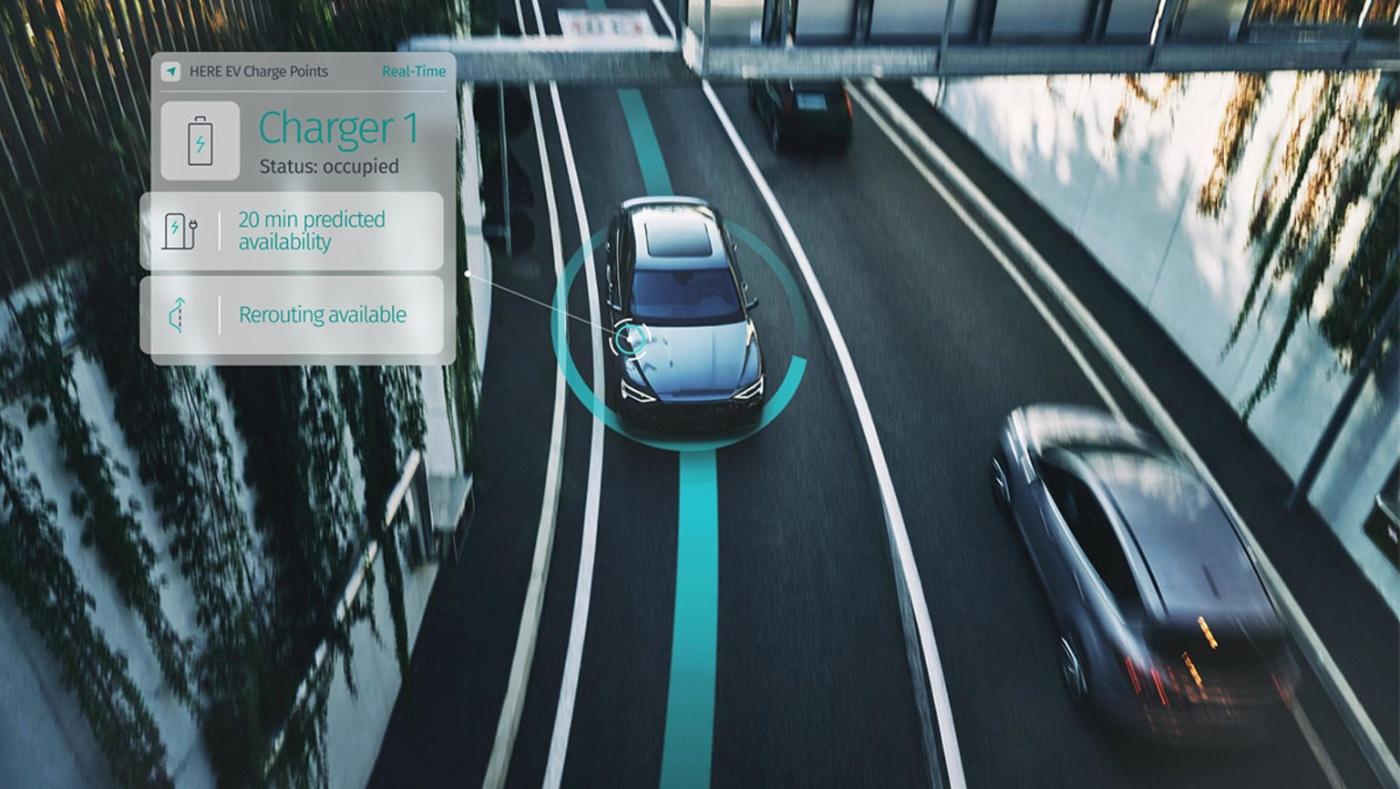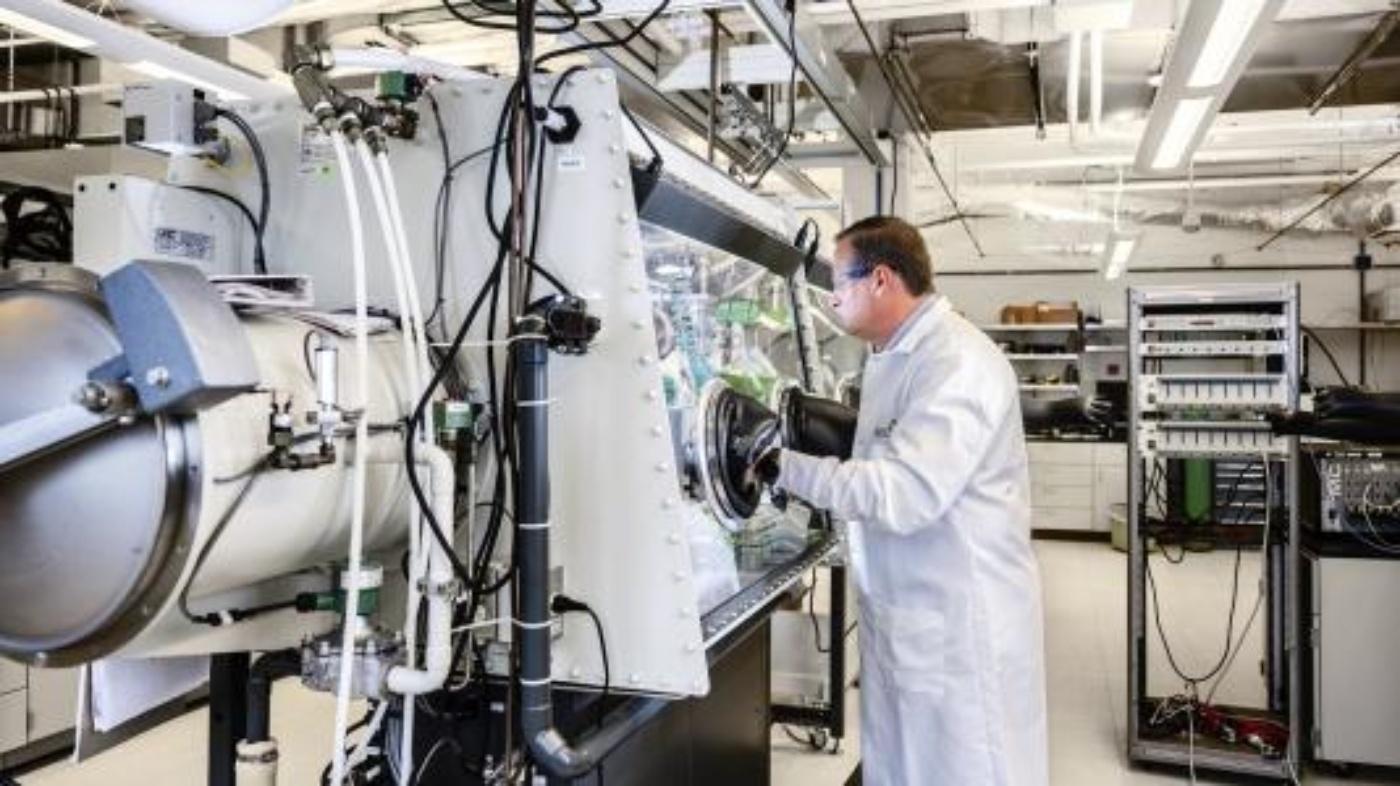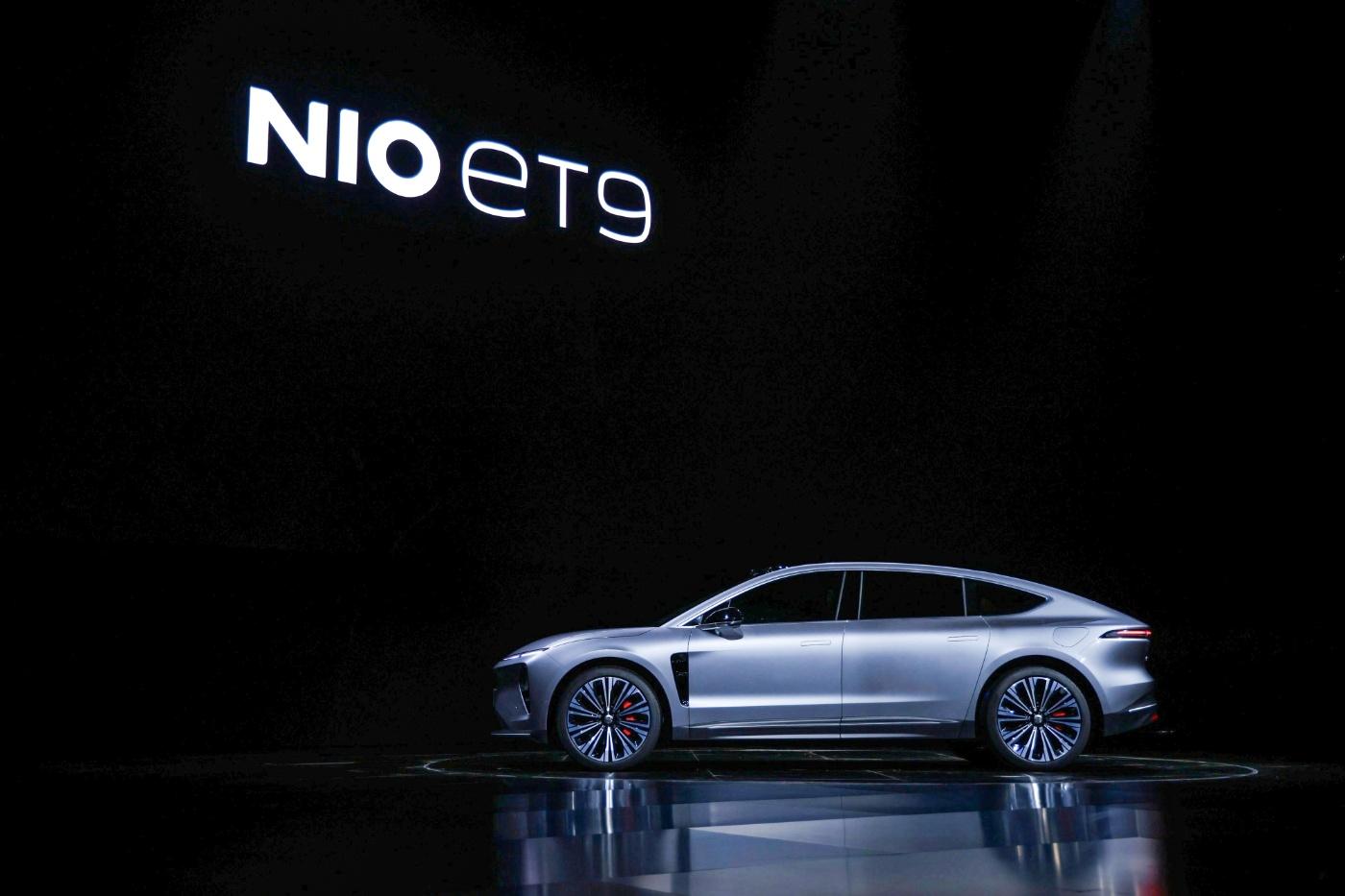







Weekly update
Mobility Trends from Las Vegas, Hyundai, QuantumScape, Here Technologies, Sodium-Ion Batteries, 24M, Nio, Volvo, Red Bull Racing
Post from 12.01.2024
- IAA MOBILITY Weekly
- Mobility Trends from Las Vegas, Hyundai, QuantumScape, Here Technologies, ,Sodium-Ion Batteries, 24M, Nio, Volvo, Red Bull Racing

In the second week of 2024, the spotlight is on mobility trends at the Consumer Electronics Show (CES) in Las Vegas. We're exploring solid-state batteries, range prediction systems for electric vehicles, a potential breakthrough in sodium-ion batteries, an innovative battery separator, and what else happened in the exciting world of mobility this week.
In the second week of 2024, the spotlight is on mobility trends at the Consumer Electronics Show (CES) in Las Vegas. We're exploring solid-state batteries, range prediction systems for electric vehicles, a potential breakthrough in sodium-ion batteries, an innovative battery separator, and what else happened in the exciting world of mobility this week.
- 1. Mobility Trends at CES in Las Vegas
- 2.Hyundai and QuantumScape make progress in solid-state batteries
- 3. Here Technologies announces more accurate range forecasting for electric vehicles
- 4. Breakthrough in sodium-ion batteries by US researchers
- 5. 24M unveils innovative battery separator
- 6. Introduction of new models and platforms
This week marks the Consumer Electronics Show (CES) 2024 in Las Vegas, one of the world's most significant tech exhibitions. In the mobility sector, the event has been a catalyst for topics like AI, autonomous driving, and software-defined vehicles. Volkswagen announced its integration of ChatGPT into its current vehicle models. Bosch, along with Volkswagen subsidiary Cariad, introduced a recent test project for automated charging, unveiled in collaboration with Qualcomm Technologies the automotive industry’s first central vehicle computer capable of running infotainment and advanced driver assistance system (ADAS) functionalities on one single system-on-chip (SoC) and revealed an H2 engine for heavy duty vehicles. BMW showcased how the BMW iX iper can be moved remotely and demonstrated how augmented reality glasses (AR) will enhance the driving experience in the future, along with various gaming and entertainment options. Mercedes-Benz unveiled a new AI-powered MBUX Virtual Assistant, designed to make interactions more natural, intuitive, and personalized. Continental and Swarovski presented the world's first automotive display for premium vehicles, featuring a touchscreen seamlessly integrated into a crystal. Hyundai and Xpeng introduced flying taxis. Kia introduced its new "Platform Beyond Vehicle" vehicle platform. Sony and Honda showcased their collaborative electric sedan, the Afeela. Valeo presented wireless charging solutions for electric vehicles, and Marelli unveiled an intelligent exterior display. Google announced plans to integrate real-time battery information into Google Maps for electric vehicles. Samsung revealed partnerships with Tesla and Hyundai for smart home integration. Hella and TÜV Rheinland demonstrated how they intend to teach autonomous vehicles traffic rules. ZF and Goodyear showcased solutions for intelligent chassis and tire communication. Webasto and LG Display demonstrated their vision for turning cars into private cinemas. Qualcomm announced its ambitions to enable vehicle diagnosis through AI.
More specific information about the mobility trends in Las Vegas, you can find here:


Solid-state batteries are considered particularly safe and are expected to offer higher energy density, faster charging times, and lower weight. Recently, Hyundai filed a patent in the USA for a solid-state battery system and is collaborating on its development with the US company Factorial Energy. The described "all-solid-state battery system provided with a pressurizing device" aims to maintain constant pressure in each cell independently of the charging and discharging rates and be controlled by the introduction of a liquid. According to Factorial, the technology known as "FEST" (Factorial Electrolyte System Technology) offers "greater range per charge and increased safety at comparable costs to conventional lithium-ion batteries." Factorial Energy also claims that existing facilities for lithium-ion battery production can be utilized for manufacturing.
In parallel, Volkswagen's battery subsidiary, PowerCo, has confirmed progress in the development of solid-state battery cells with its partner, QuantumScape, following tests in its own laboratories. The solid-state cell in the alpha prototype test completed over 1,000 charging cycles, which, in theoretical terms for an electric vehicle with a WLTP range of 500 to 600 kilometers, represents a mileage of over half a million kilometers, according to the company. Moreover, the cell showed minimal aging and still retained over 95 percent of its capacity at the end of the test. This achievement aligns with PowerCo's goals, which specified conducting 700 charging cycles with a capacity loss of no more than 20 percent. These tests were carried out over several months in PowerCo's battery laboratories in Salzgitter, Germany.


Here Technologies, a provider of mapping and navigation services, announced a new system called "Here EV Range Factors" set to be available from mid-2024. This system aims to enable automakers to make more precise, route-specific range predictions for electric vehicles. It will take into account factors such as road topography, temperature, wind data, and more to enhance the accuracy of range forecasts. In the future, precise maps will be used in 60 countries to assist the vehicle in understanding upcoming changes in road elevation, incline, curvature, and roughness. External temperatures and road surface temperature data will also be captured. Additionally, the system will predict wind speed and direction near the road surface.


Researchers at the Argonne National Laboratory in the United States have developed a new cathode made from sodium-nickel-manganese-iron oxide (NMF) that is expected to offer significantly higher energy density compared to previous sodium-ion technologies. The NMF cathode is designed to provide electric vehicles with a range of approximately 180 to 200 miles per charge. This cathode features a layered structure that facilitates the efficient insertion and extraction of sodium ions. Furthermore, the cathode material does not contain cobalt, reducing cost, scarcity concerns, and toxicity issues. The researchers have also improved the battery's lifespan and are now working on other materials to further increase energy density.


American battery cell developer 24M has introduced a new battery separator called Impervio, designed to prevent the formation of metallic dendrites and enable continuous monitoring of battery cells. The separator is intended for use in both electric vehicles and stationary energy storage. The plan is to launch Impervio in 2025 or 2026. Impervio can be integrated into conventional lithium-ion batteries as well as lithium-metal cells, promising comprehensive safety enhancements for the next generation of battery technologies.

Nio has unveiled the ET9 electric sedan, set to hit the market in early 2025. Volvo Cars has signed a loan agreement of 420 million euros with the European Investment Bank (EIB) for the development of a new all-electric vehicle platform and plans to offer the S60 and S90 sedans as pure electric cars. The ES90 is expected to debut as early as 2025. Red Bull Racing has confirmed that its hypercar, the RB17, equipped with a V8 hybrid powertrain, delivering over 1,250 horsepower and designed by Formula 1 star designer Adrian Newey, will be presented to the public later this year.


